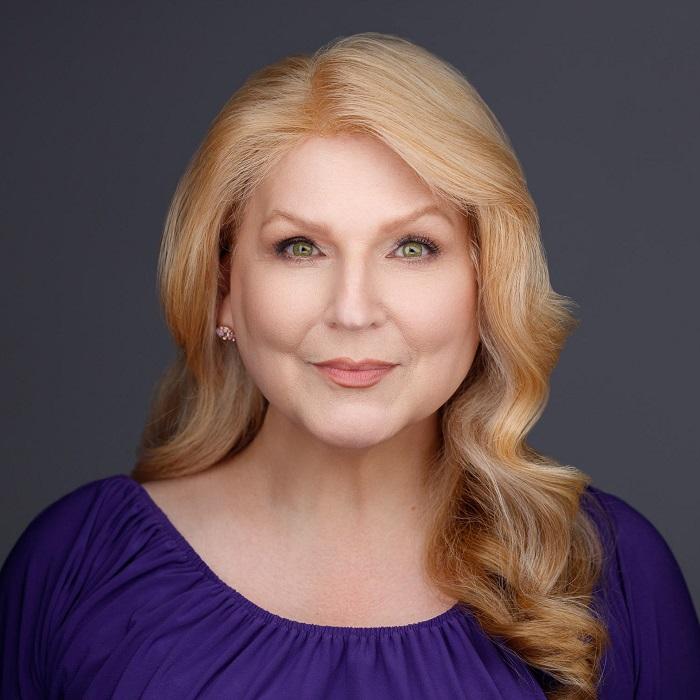Colorado Public Radio works hard to tell in-depth stories that help listeners learn something new every day, but few get the chance to witness CPR's process—the time and energy that goes into each story CPR produces.
When it comes to a live interview on “Colorado Matters,” the story begins long before guests enter the studio.
It Takes A Village
With a constant stream of ideas to discuss, stories to pursue, scripts to write and audio to edit, “Colorado Matters” relies on teamwork and expertise from seven people to bring each interview together.
That includes five reporters and producers: Stephanie Wolf, Anthony Cotton, Michelle P. Fulcher, Andrea Dukakis and Nathan Heffel. Collectively, they pursue new stories, edit scripts to prepare hosts for each interview and conduct research on topics and interviewees before they’re featured on the show.
Also behind the scenes is Rachel Estabrook, managing producer for “Colorado Matters.” She wears many hats—reporter, producer and editor—while managing the show’s day-to-day schedule.
“I fit together the puzzle pieces to make sure we have a good mix of news-centered, meaty stories, as well as cultural stories that reveal new things about our Colorado community,” Estabrook explained.
Many listeners are familiar with long-time host Ryan Warner, who also serves as executive producer of the program. To provide extra flexibility for a small and agile “Colorado Matters” team, Warner shares hosting duties with Heffel and Dukakis. They all have the difficult task of making guests feel comfortable sharing their story within a few moments of meeting them, and figuring out what makes the person tick—all while creating a lively and compelling conversation.
What Makes A Good Story
With so much happening in Colorado every day, it can be a challenge to sift through and tell the stories that matter most to Coloradans.
“The show is all about the state’s issues, people and places, so our first question is always ‘how is this relevant to Colorado,’” said Warner. “Then we think about our audience and what our listeners need to know.”
CPR News follows a set of journalistic standards and ethics to guide decision making. Reporters are intentional in applying these standards through every step of the process, including vetting sources, research and many rounds of review. Taking these steps helps reporters avoid bias and examine a story from all angles, going beyond the surface to provide insightful and well-considered information.
How A Story Comes Together
To explain how the interview process works, let’s look at one story in particular. Sisters Robin and Jessica McIntyre were recently interviewed on “Colorado Matters” about a genetic mutation Robin inherited that will almost certainly lead to early onset Alzheimer’s. Jessica, who did not inherit this mutation, has vowed to take care of Robin.
Stories like this come from many places—Warner himself encourages virtually everyone he meets to send story ideas to CPR. In this case, Warner heard about the McIntyre sisters from a source at The Alzheimer’s Association and brought their story to the “Colorado Matters” daily editorial meeting for discussion.

“We gave this story a green light because it offers a unique perspective from two Coloradans’ experience with a disease that impacts millions of people,” explained Warner.
The “Colorado Matters” team delegates tasks quickly—this time, producer Andrea Dukakis takes the lead in setting up a phone call to learn more about the McIntyres. From that conversation, Dukakis develops notes and a growing list of questions to research, which will eventually serve as a script for the host to conduct the interview.
With that preliminary script based on the pre-interview and follow-up research, Dukakis edits the script with Warner reviewing and adding notes on areas he still wants to know more about. As work continues on the script, guests are worked into the show’s schedule.
Despite the amount of time and energy spent preparing for an interview beforehand, the live interview takes just 15 minutes.

The McIntyre sisters sit across the table from Warner in the studio. Warner conducts the interview, with sound engineers and others, including Dukakis, set-up in an adjacent studio separated by a soundproof window.
Once their interview is complete, the sisters are thanked for their time and honesty in sharing their story. With the final audio file, Dukakis puts finishing touches on an online version of the story, so it’s accessible for cprnews.org readers beyond the broadcast schedule.
Why It Matters
Whether it’s a story like the McIntyres’, conversations with local authors or a regular interview with the governor, “Colorado Matters” works to cover insightful stories with relevance throughout the state.
“I want our listeners to have an ‘ah-ha!’ moment,” says Heffel. “That’s the goal—not for people to always agree with what they hear, but rather to listen, digest it for themselves and take what they’ve learned to heart. When we see that result, it makes the process and all the hard work worth it.”
Read other stories from “Colorado Matters” and learn more about what’s going on behind-the-scenes at Colorado Public Radio.








